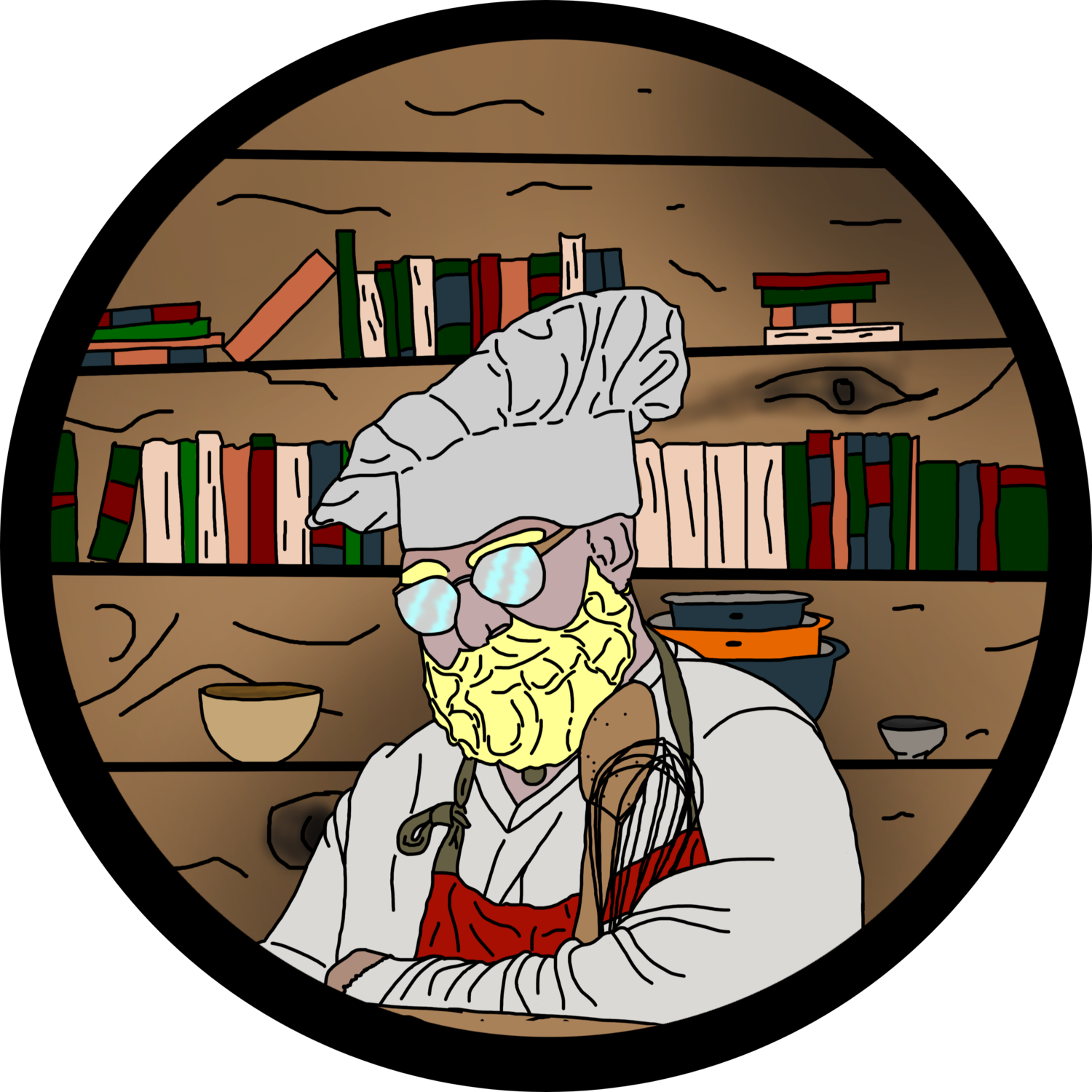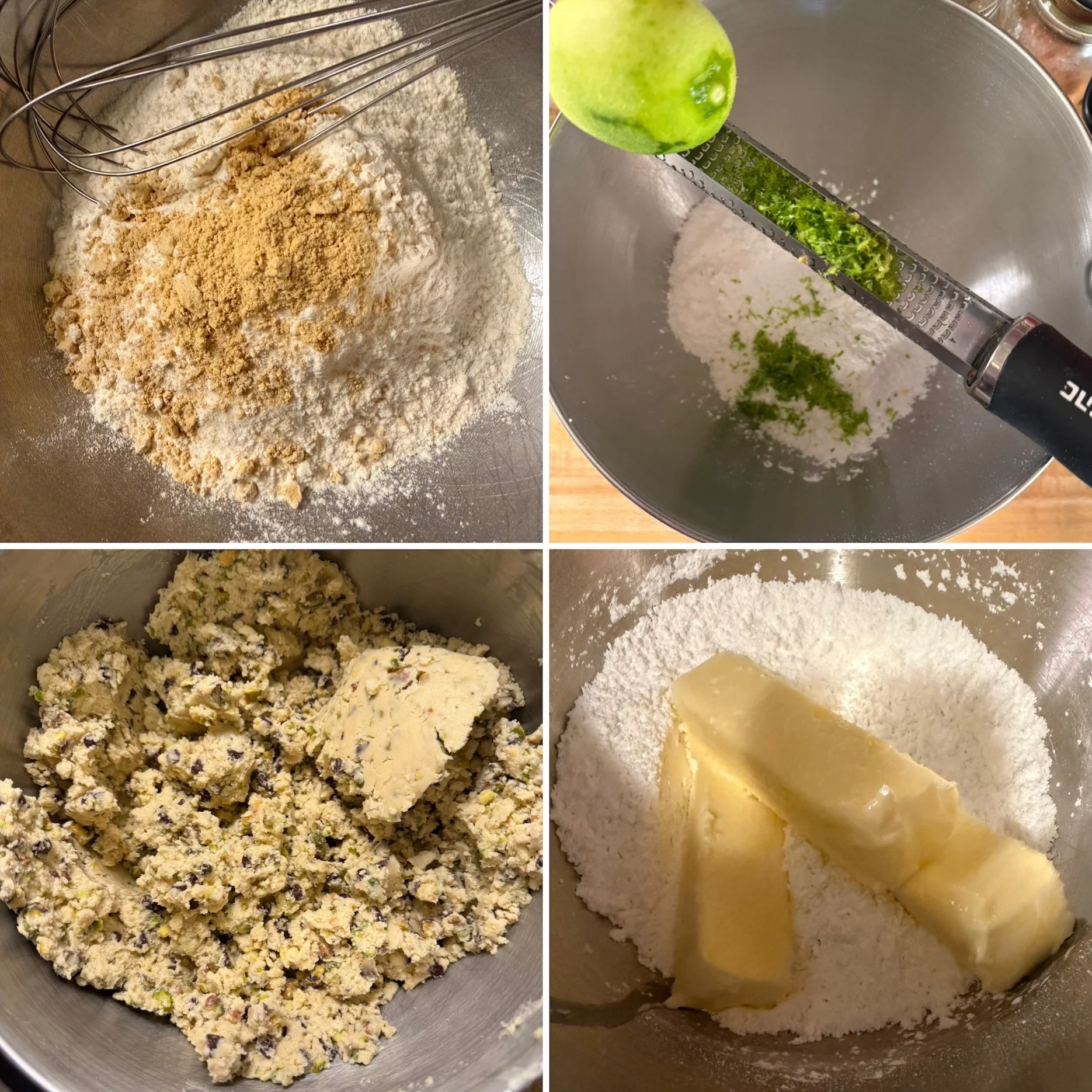Professor Butter Beard and Bes
“You're a mean one, Mr. Grinch
You really are a heel
You're as cuddly as a cactus
You're as charming as an eel, Mr. Grinch
You're a bad banana with a greasy black peel.”
- Thurl Ravenscroft
Last Friday, I actually heard one of my delightful freshman whisper, “You didn’t tell us Mr. Grinch was Egyptian.”
Hmmmmmm……..
Is it horrible that I didn’t correct him? It was his first visit to the Metropolitan Museum of Art and I just couldn’t bring myself to break the moment’s spell. We were both absorbing the thirteen collected works of art depicting the deity Bes within the Met’s autumn blockbuster “Divine Egypt.” I was considering the possibility of adding a Bes portrait as my next tattoo (possibly on my ankle), and my young friend was obviously concerned about the welfare of Cindy Lou Who. One minor historical invention shouldn’t cause too much Karmic retribution, should it?
On the other hand, I could see how he conceived the connection. Brilliantly emerald green, standing nude with front-facing bowed legs, a leonine mane, ears and tail, all Bes really needed was a fur-lined ruby red sweater and a sporty Santa cap. And now I will never be able to unsee the adorable Egyptian dwarf, who is understood to have played a protective or beneficent role in the lives of everyday people, actually snarling “Serves them right, those yuletide-loving, sickly-sweet, nog-sucking cheer mongers!”
Just to set the record straight (so to speak), let me present a few actual Bes facts. The ancient Egyptian god Bes is believed to have originated during the earliest dynasties of ancient Egypt, dating back to around 2686 BCE. According to Dina Criag Patch, a curator of the Met’s exhibition, “The Bes-image deities (of which there are over a hundred variations) seemingly functioned as diving beings who warded of harmful forces, especially those that might hurt children.” Initially they were principally shown using weapons (knives, sticks, wands) to carry out this role, but visual elements related to music and dance were later added to their repertoire.
His benevolent and watchful nature made him an ever-present symbol of protection and comfort within the domestic sphere. The ancient Egyptians believed that by invoking the presence of Bes, their homes would be shielded from malevolent forces and calamities.
Intricately carved amulets depicting Bes were widely used by women during childbirth. These talismans were believed to possess potent abilities to ward off evil spirits and ensure a safe and auspicious delivery. The presence of Bes in the form of these amulets provided a source of reassurance and strength for expectant mothers, underscoring his significance as a deity intimately involved in the cycle of life and renewal.
With a visage often depicted in a wide, infectious grin and a posture ready for revels, Bes has been perceived by many to be an icon of pure delight. He was not only loved but also dearly revered for his associations with amusement and celebration. Claudine Cassar, Professor of Anthropology, writes, “With a visage often depicted in a wide, infectious grin and a posture ready for merrymaking, Bes was an icon of spontaneous joy.”
Cassar continues, “Music was a divine conduit through which the ancient Egyptians connected with their gods, and Bes was the maestro of these celebrations. Instruments such as tambourines and lyres were often illustrated alongside Bes, suggesting not just his patronage over musicians but his active participation in creating music that stirred the soul and moved the body.” Bes’s embodiment of dance further highlighted his importance during ancient Egyptian rites and festivals. His image supposedly encouraged even the most reserved to cast aside inhibition and join in communal dances that symbolized unity and shared joy.
That same spontaneous unity and shared joy inspired the creation of this morning’s shortbreads packed with emerald green pistachios, the zing of ginger and lime zest, and the delightful comfort of just a wee spattering of dwarf-size tidbits of dark chocolate. Maybe Bes will encourage all our Grinch hearts to “grow three sizes this day.”
Professor Butter Beard’s Pistachio Shortbreads with Chocolate, Ginger and Lime
35-40 cookies
3 1/3 cup all-purpose flour
½ tsp fine sea salt
1 ½ Tbsp of ground ginger
1 1/2 cup confectionary’s sugar
Zest of 2 limes
12 ounces (3 sticks) unsalted butter, room temperature
2 tsp vanilla paste
½ cup mini chocolate chips
1 cup pistachios, gently roasted and coarsely chopped
2 Tbsp granulated sugar for dusting before the bake
1) Lightly roast the pistachios, coarsely chop them, and set aside to cool.
2) In a medium bowl, whisk together the flour, salt and ground ginger. Set aside.
3) Place the confectioner’s sugar and lime zest in the bowl of a standing mixer and mix together until the zest is evenly distributed.
4) Add the room temperature butter, breaking the sticks into 1” pieces. Mix at medium speed until the mixture is smooth and silky. Mix in the vanilla paste.
5) Add the dry mix all at once. Mix together at a low speed until the mixture forms a dough. Add the mini chocolate chips and chopped pistachios. Fold to incorporate. Do not overmix.
6) Line one baking sheet with parchment. Using a 1 ½ Tbsp scoop, portion the dough into roughly 35-40 balls. Spread them evenly on the baking sheet, cover loosely with plastic wrap and refrigerate for a minimum of two hours.
7) Preheat your oven to 325 degrees and line three more sheet pans with parchment paper.
8) Place 12 cookie balls onto one of the parchment-lined pan. Dip the your favorite cookie press in flour, shake it off and flatten the ball into a ¼” disc, impressing the design. Continue to press the dozen cookies and then lightly dust them with granulated sugar.
9) Bake one pan at a time on the center rack for 8 minutes, rotate the pan and bake for another 6 minutes until the edges of the cookies are just beginning to brown. While one pan bakes, prepare the next dozen for baking.
10) Cool the cookies on the sheet pan for five minutes before removing to a wire rack to cool completely.

